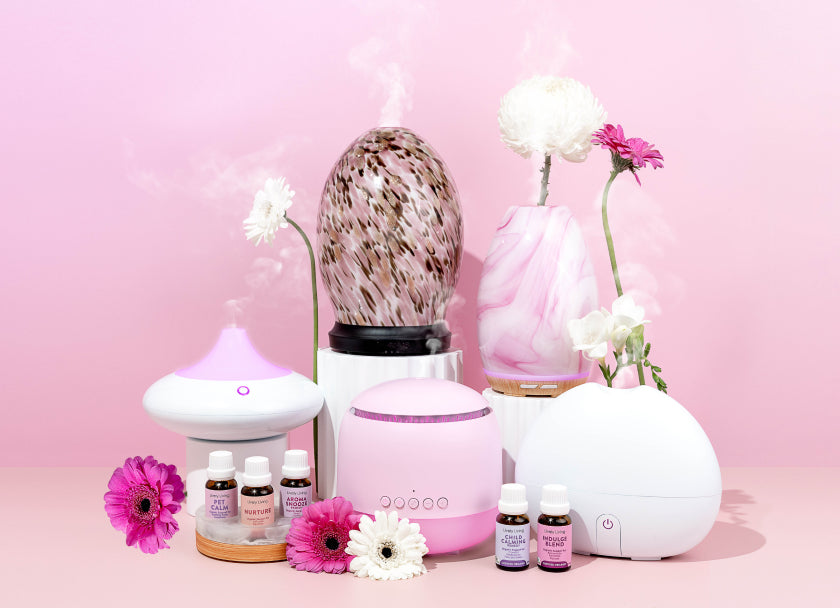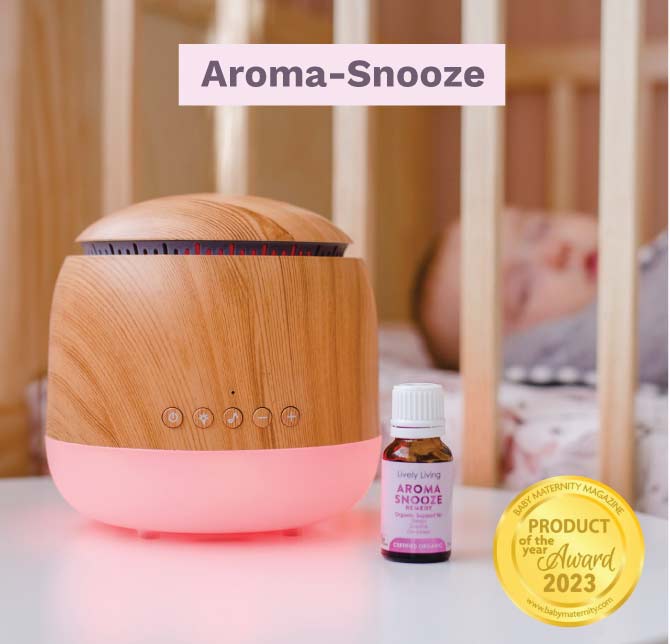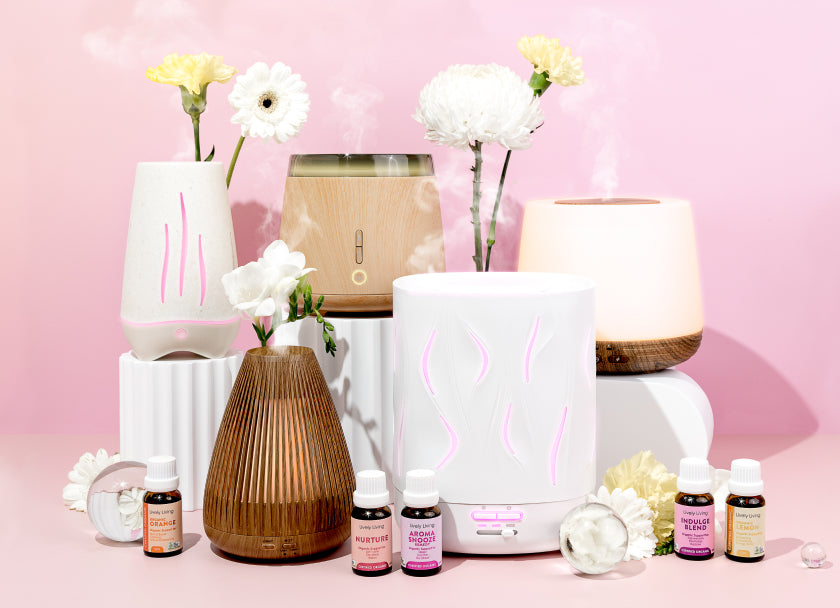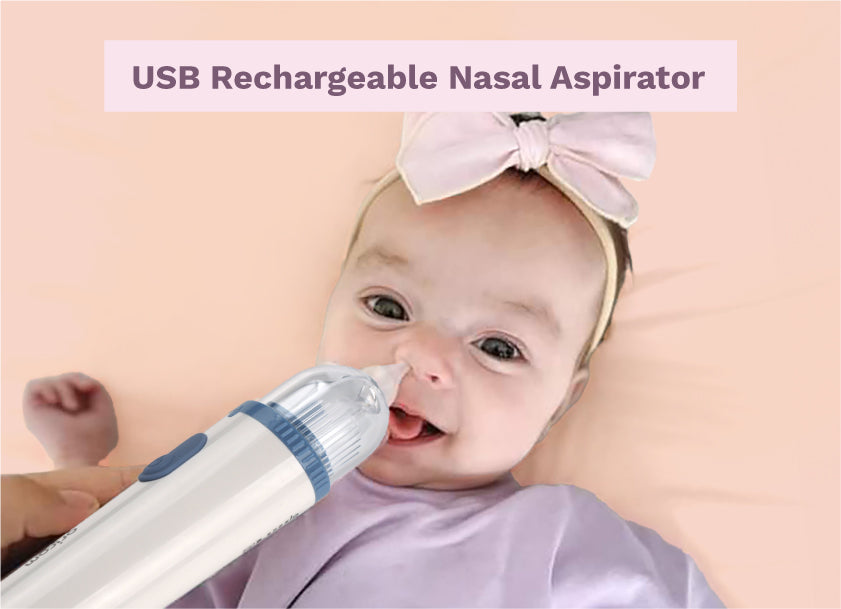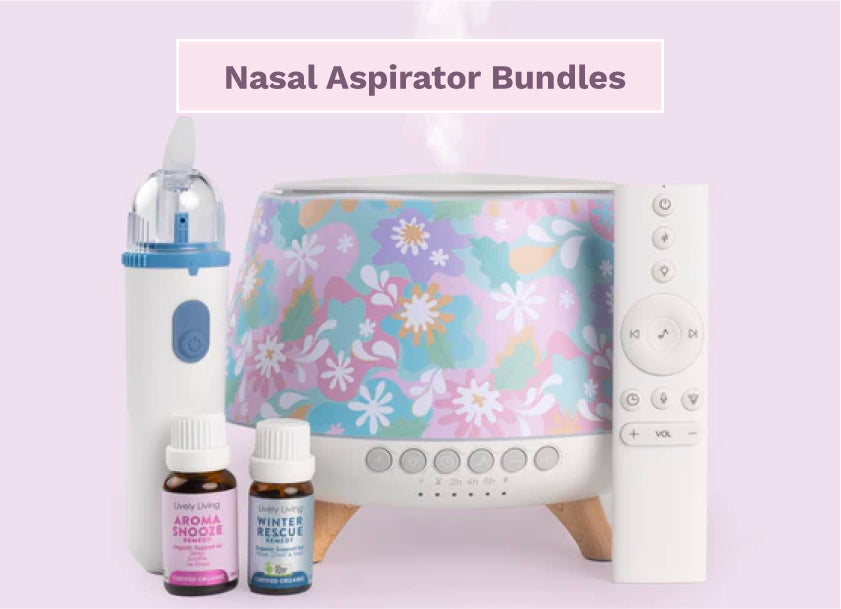Preventative Measures for Respiratory Wellness in Kids
As a parent, you always want the best for your little ones. Their laughter filling the house is music to your ears. But when they struggle with sniffles or coughs, your heart aches; you're probably looking for solid Preventative Measures for Respiratory Wellness in Kids. It's completely natural to feel this way, as many parents share your desire to keep their children breathing easy and feeling great. We know protecting those little lungs is a top priority, and thinking about Preventative Measures for Respiratory Wellness in Kids now can make a real difference in preventing respiratory illnesses.
Table of Contents:
- Understanding Kids' Delicate Lungs
- Key Preventative Measures for Respiratory Wellness in Kids
- Boosting Their Immune System
- Recognizing Early Warning Signs
- When to Seek Professional Help
- Conclusion
Understanding Kids' Delicate Lungs
Little lungs are still growing, which makes them more sensitive than adult lungs. They also breathe faster, taking in more air relative to their body size. If irritants or a respiratory virus are present in the air, kids get a bigger dose. Their airways are smaller as well, so even a little bit of swelling from a respiratory infection can make breathing harder for them.
This physiological reality is why children often seem more prone to colds, the flu, or other breathing troubles. Understanding this increased susceptibility helps you see why proactive steps and prevention strategies are so important for young children. Their developing immune systems are also learning to combat common respiratory viruses, making them a key focus for preventative care.
Key Preventative Measures for Respiratory Wellness in Kids
So, what can you actually do to protect your child? Thankfully, there are many effective actions you can take. Taking consistent, thoughtful steps can greatly support your child's respiratory health and reduce the risk of respiratory disease. It's about creating a healthy environment and instilling healthy habits, which build a strong foundation for their overall well being and help in preventing respiratory problems.
Clean Air at Home is Fundamental
Your home is your child's primary environment, especially when they're very young. Making sure the air they breathe indoors is clean is a significant first step. Polluted indoor air can irritate small airways, leading to more coughs, colds, or even triggering asthma in sensitive children, as highlighted by resources like the Environmental Protection Agency (EPA).
Let fresh air into your home whenever possible by opening windows for even 10 to 15 minutes a day. This simple act helps clear out stuffy air and reduces the concentration of indoor pollutants. Good ventilation circulates the air effectively, which is incredibly helpful for maintaining respiratory wellness.
Air purifiers can be a great addition to your home. LIvely Living Safe Air purifer is free from filters, but has a sterilization function which are efficient at killing tiny particles like dust, pollen, pet dander, and mold spores. Place one in in bedrooms or main living areas where your child spends most of their time.

Another option from Lively Living is the Aroma-Haven Humidifier diffuser which is a large capacity and allows you to diffuse essentilal oils which also help clean the air. You can see a range of Lively Living large diffusers here .
What about those common indoor pollutants? A major one is tobacco smoke; any exposure is harmful to children's lungs and can increase their risk factors for respiratory diseases. Strong fumes from cleaning products, paints, and pesticides can also be irritating. Try to use gentler, unscented cleaning supplies, and if you're painting or using chemicals, ensure the area is very well ventilated and keep children away until fumes have completely dissipated. Proper care in selecting household products contributes to a healthier breathing space.
Dust mites are microscopic creatures that thrive in bedding, carpets, and upholstered furniture. Washing bedding in hot water weekly helps eliminate them. Regular vacuuming, preferably with a HEPA filter vacuum, is also crucial for reducing dust mites and other allergens. Reducing clutter can also give dust mites fewer places to hide and accumulate.
Pet dander is another common trigger for allergies and respiratory issues in some kids. If you have pets, regular grooming can reduce the amount of dander shed into the environment. Keeping pets out of your child's bedroom, especially where they sleep, might be a good strategy if dander is a concern. Frequent vacuuming and using an air purifier also help manage pet dander effectively.
Some parents explore using essential oil diffusers. When used carefully, diffusing certain essential oils might contribute to a fresher smelling home, and some oils are known for calming scents, which can create a relaxing atmosphere. Always choose high-quality, pure essential oils, diffuse in a well-ventilated area for short periods, and never apply undiluted oils to a child's skin. Some oils are not safe for children at all; resources like the Tisserand Institute offer helpful safety guidelines. It is vital to talk with your pediatrician or healthcare provider about introducing essential oils, especially if your child has asthma, allergies, or any pre-existing respiratory conditions, to gain their support

Boosting Their Immune System
A strong immune system is your child's best defense against the germs and respiratory viruses they encounter daily. You can support their immunity in several natural ways, which is a cornerstone of preventative care. A robust immune response can help prevent severe illness from infections.
Nutrition plays a monumental role in building strong immune systems. A balanced diet full of fruits, vegetables, whole grains, and lean proteins provides their body with the essential building blocks it needs for growth and defense. Brightly colored fruits and vegetables are packed with vitamins and antioxidants. Foods rich in Vitamin C (like oranges, bell peppers, and strawberries), Vitamin D (found in fatty fish, fortified milk, and sunlight exposure), and Zinc (abundant in beans, seeds, nuts, and lean meats) are especially good for immune support, as noted by the Academy of Nutrition and Dietetics. Try to limit sugary snacks, processed foods, and sugary drinks, as these can negatively impact the immune response and overall health.
Don't forget the importance of hydration for your child's health. Water is crucial for overall physiological functions, including keeping the mucous membranes in their respiratory tract moist. Moist membranes act as a better barrier, making it harder for germs and viruses like the common respiratory syncytial virus to take hold. Encourage your child to drink plenty of water throughout the day; milk and diluted fruit juices can also contribute to hydration but water should be the primary source.
Sleep is when the body diligently repairs and recharges itself. Children, particularly young children, require more sleep than adults. School-aged children typically need about 9 to 11 hours of quality sleep per night, while younger children and toddlers may need even more. Consistent, good sleep habits help their immune system function at its best. Establishing a calming and consistent bedtime routine can make a significant difference in the quality and duration of their sleep.
Even kids can experience stress, which can weaken the immune system over time. Ensure your child has ample time for unstructured play, relaxation, and activities they enjoy. Spending time in nature, drawing, reading, or engaging in hobbies can be great stress busters and positively influence their mental health. Listen to their worries, validate their feelings, and offer consistent support to help them manage stress effectively.
Hygiene Habits that Help
Good hygiene practices are simple yet incredibly powerful tools in preventing the spread of germs. Teaching kids a few basic habits can significantly cut down on their exposure to pathogens that cause respiratory infections. These easy-to-implement measures should be practiced daily to model good hygiene.
Proper hand washing is at the top of the list for infection prevention. Teach them to wash their hands often with soap and water for at least 20 seconds – about the time it takes to sing 'Happy Birthday' twice. Ensure they wash before eating, after using the bathroom, after playing outside, after returning from school or daycare, and after coughing, sneezing, or blowing their runny nose. If soap and water aren't readily available, an alcohol-based hand sanitizer with at least 60% alcohol can be an effective temporary substitute. Teach kids that hand washing is a primary defense against many common respiratory viruses.
Covering coughs and sneezes is another key habit in preventing the spread of respiratory droplets. Teach them to cough or sneeze into a tissue, and then dispose of the tissue immediately. If a tissue isn't available, they should use their elbow, not their hands. This helps keep germs from spreading through the air or onto surfaces, reducing the risk of infecting others. Keep tissues handy at home, in their school bags, and in the car. These hygiene practices are crucial for all age groups.
Remind them to try to avoid touching their face, especially their eyes, nose, and mouth, as much as possible. Germs from their hands can easily enter their body through these mucous membranes. This can be a challenging habit for young children to break, but gentle and consistent reminders will help them develop this important behavior for reducing risk.
The Great Outdoors and Physical Activity
Spending time outside offers numerous benefits for kids' respiratory wellness and overall health. Fresh air, when the air quality is good, is generally cleaner and contains fewer pollutants than indoor air. Physical activity is also vital for developing strong lungs and a healthy cardiovascular system.
Encourage outdoor play every day, if weather and air quality permit. Activities like running, jumping, cycling, and playing team sports help strengthen their lungs, improve cardiovascular fitness, and boost their immune systems. Sunlight also helps their bodies produce Vitamin D, which, as mentioned earlier, is beneficial for immunity. Of course, always practice sun safety with appropriate sunscreen, hats, and protective clothing, especially during peak sun hours.
However, it's also smart to be aware of and check local air quality conditions. You can usually find this information on weather apps, local news websites, or dedicated sites like AirNow.gov. If air pollution levels (due to smog, wildfires, or other factors) are high, it might be better to opt for indoor activities that day. This precaution is especially important for children with asthma, allergies, or other respiratory sensitivities, as poor air quality can exacerbate their conditions and increase their risk factors for an acute respiratory event.
Vaccinations and Medical Check-ups
Vaccines are a safe and highly effective way to protect your child from many serious respiratory illnesses. Regular doctor visits, including health screening, also play a crucial role in maintaining their health. These are proactive health choices that provide significant protection and support from health professionals.
Staying up to date on recommended immunizations is very important for preventing respiratory diseases. The annual flu shot, for example, can significantly reduce your child's risk of getting the seasonal flu. It can also make symptoms milder and prevent severe complications if they do contract flu viruses like flu covid-. Vaccines against illnesses like whooping cough (pertussis), measles, and pneumococcal disease also protect respiratory health. The Centers for Disease Control and Prevention (CDC) provides comprehensive information for parents about childhood vaccines, including schedules and benefits. An rsv vaccine or rsv antibody product might be recommended by your healthcare provider for certain infants and young children at increased risk of severe RSV disease, so discuss this option. These measures are vital for preventing respiratory syncytial virus complications.
Don't skip those regular well-child check-ups with your pediatrician or healthcare provider. These visits are an opportunity for your doctor to monitor your child's growth and development, provide health care advice, and perform necessary health screening. They can also catch any potential health issues early, including respiratory concerns like asthma or early warning signs of other respiratory diseases. It's also a great time to ask any questions you might have about your child's health, preventative measures, or any concerns regarding respiratory infection prevention.
Managing Allergies and Asthma Triggers
If your child has allergies or asthma, managing their specific triggers is a cornerstone of keeping them well and preventing exacerbations. These conditions can make their airways extra sensitive and reactive. This heightened sensitivity can lead to more frequent respiratory symptoms and a higher risk of complications from common respiratory viruses.
Identifying common allergens is the critical first step. Common triggers include pollen (from trees, grasses, and weeds), dust mites, pet dander (from cats, dogs, and other animals), mold spores, and certain foods. Your pediatrician might suggest allergy testing if needed to pinpoint specific allergens. Once you know the triggers, you can work diligently to reduce your child's exposure to them, which is a key prevention strategy.
Creating an allergy-friendly home environment can make a substantial impact on their daily comfort and respiratory health. This might involve using allergen-proof covers on mattresses and pillows to block dust mites. It could mean vacuuming frequently with a HEPA filter vacuum, especially in bedrooms and play areas. Minimizing carpets, heavy drapes, and excessive stuffed animals, which can harbor dust and allergens, can also help. Washing your child's hands and face after they come in from playing outside can remove pollen and other outdoor allergens. Good hygiene extends to managing the home environment to reduce risk.
For children diagnosed with asthma, it's absolutely critical to have and consistently follow an asthma action plan. This plan, developed in collaboration with your doctor, outlines daily management strategies, including medications. It also clearly explains how to recognize and handle asthma flare-ups or worsening symptoms. Make sure all caregivers, including family members, babysitters, and school staff (like teachers and the school nurse), have a copy of the plan and understand what to do in case of an asthma-related emergency. Early intervention during a flare-up can prevent severe illness and potential hospitalization.
Recognizing Early Warning Signs
Even with the best preventative care and consistent efforts, kids can still get sick sometimes. Knowing what early warning signs to look for can help you act quickly if a respiratory infection takes hold. Early intervention can often prevent a minor issue, like a runny nose or mild cough, from becoming a more serious respiratory disease or leading to complications.
Common signs of respiratory distress or worsening respiratory illness in children include:
- Persistent coughing, especially if it's getting worse, sounds barking, or produces significant phlegm.
- Wheezing, which is a high-pitched whistling sound heard during breathing, particularly when exhaling.
- Fast breathing (tachypnea) or noticeable shortness of breath, even during rest or minimal activity.
- Flaring nostrils with each breath or a visible caving in of the chest or neck muscles (retractions) when breathing.
- Fever, especially if it's high, lasts for several days, or is present in an infant under three months old.
- Unusual tiredness, significant lack of energy, or listlessness beyond normal fatigue.
- A bluish tint around the lips, on the tongue, or in the fingernail beds (cyanosis), which is a serious sign indicating low oxygen and requires immediate medical care.
- Complaints of chest pain or discomfort, particularly with breathing or coughing.
Trust your instincts as a parent. You know your child best. If something seems off, or if their symptoms range beyond what you consider typical for a mild cold, it's always better to check it out with a health professional to ensure they receive proper care.
When to Seek Professional Help
While many common coughs and colds, often caused by a respiratory virus, can be managed effectively at home with rest and supportive care, some situations require prompt medical attention. It's important to know when to call your pediatrician or seek urgent medical care. Do not hesitate if you're worried about your child's symptoms, as delaying medical care can sometimes lead to more severe illness or complications like respiratory failure, especially in young patients with underlying risk factors.
You should contact your doctor or seek medical care if your child:
- Has any difficulty breathing, is breathing very rapidly, or seems to be working hard to breathe (e.g., retractions, nasal flaring).
- Shows signs of dehydration, such as a dry mouth, crying with no tears, fewer wet diapers than usual (or significantly reduced urination in older children), or sunken eyes.
- Has a high fever (generally over 102°F or 38.9°C that lasts for more than a couple of days, or any fever in an infant under 3 months of age).
- Seems unusually lethargic, is difficult to wake, is excessively irritable, or is unresponsive.
- Has a cough that lingers for more than two or three weeks, or a cough that significantly worsens or changes in character.
- Complains of persistent ear pain, has drainage from their ear, or has severe sore throat symptoms.
- If their symptoms, such as a runny nose or cough, seem to be getting worse instead of better after a few days, or if new, concerning symptoms develop.
If your child is struggling to breathe, exhibits a bluish color around their lips or face, seems unresponsive, or experiences any other severe symptoms, seek emergency medical help immediately by calling 911 or going to the nearest emergency department. Quick action is very important in these critical situations to prevent further deterioration. Your pediatrician's office can also provide advice over the phone if you're unsure about the severity of the symptoms or whether your child needs to be seen; public health guidelines often advise seeking medical counsel when in doubt.
Conclusion
Taking care of your child's respiratory health is an ongoing effort, one that involves creating a healthy environment and encouraging good habits from an early age. By focusing on these Preventative Measures for Respiratory Wellness in Kids, you are doing so much to help them thrive and reduce their risk of common respiratory infections. Remember that small, consistent actions, from teaching proper hand washing to ensuring they get annual flu vaccines, can make a big difference in their comfort, well being, and ability to fight off infectious disease. These efforts support not just their lungs, but their overall vibrant health for years to come, helping to prevent severe illness and reduce hospitalization rates associated with respiratory diseases like RSV respiratory infections or seasonal flu.


